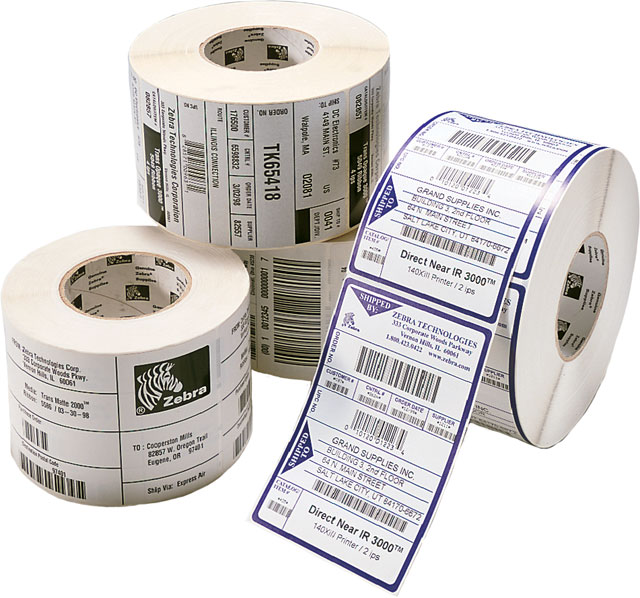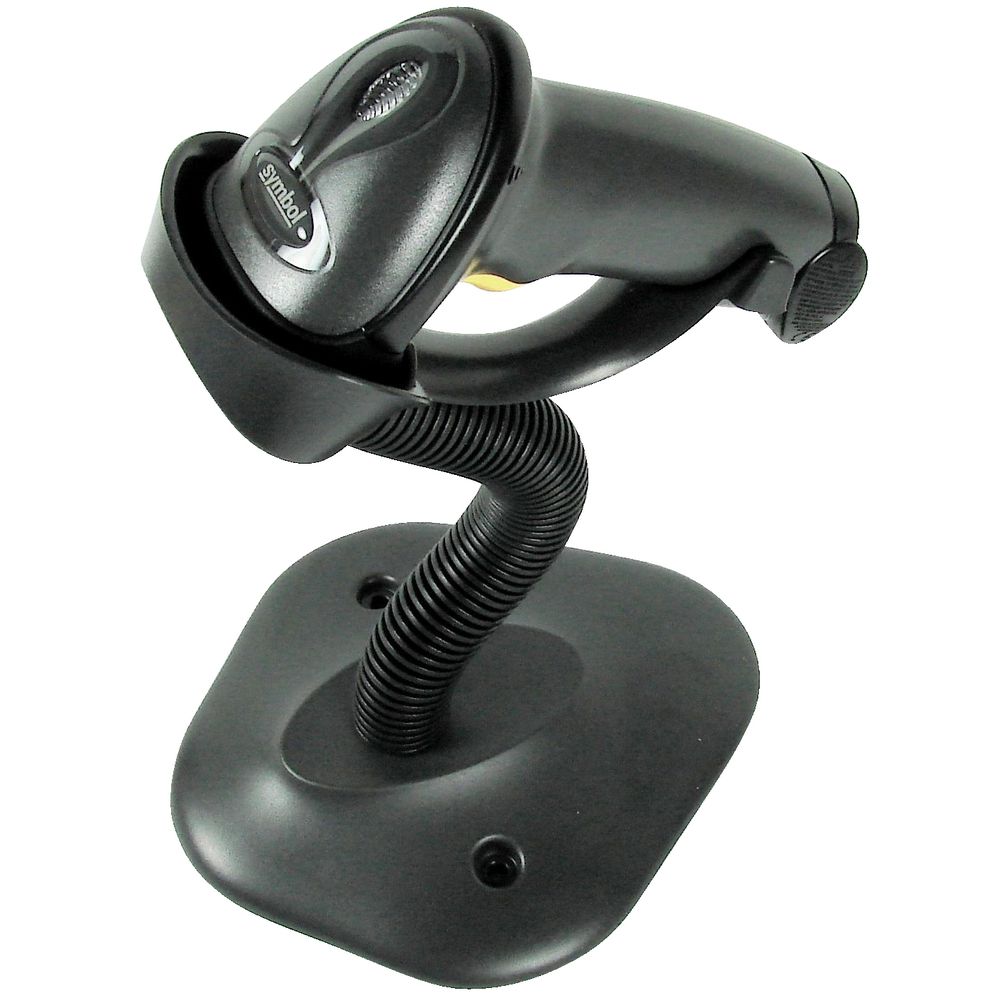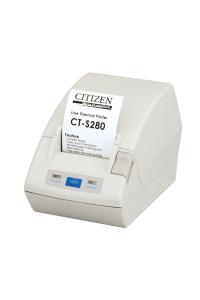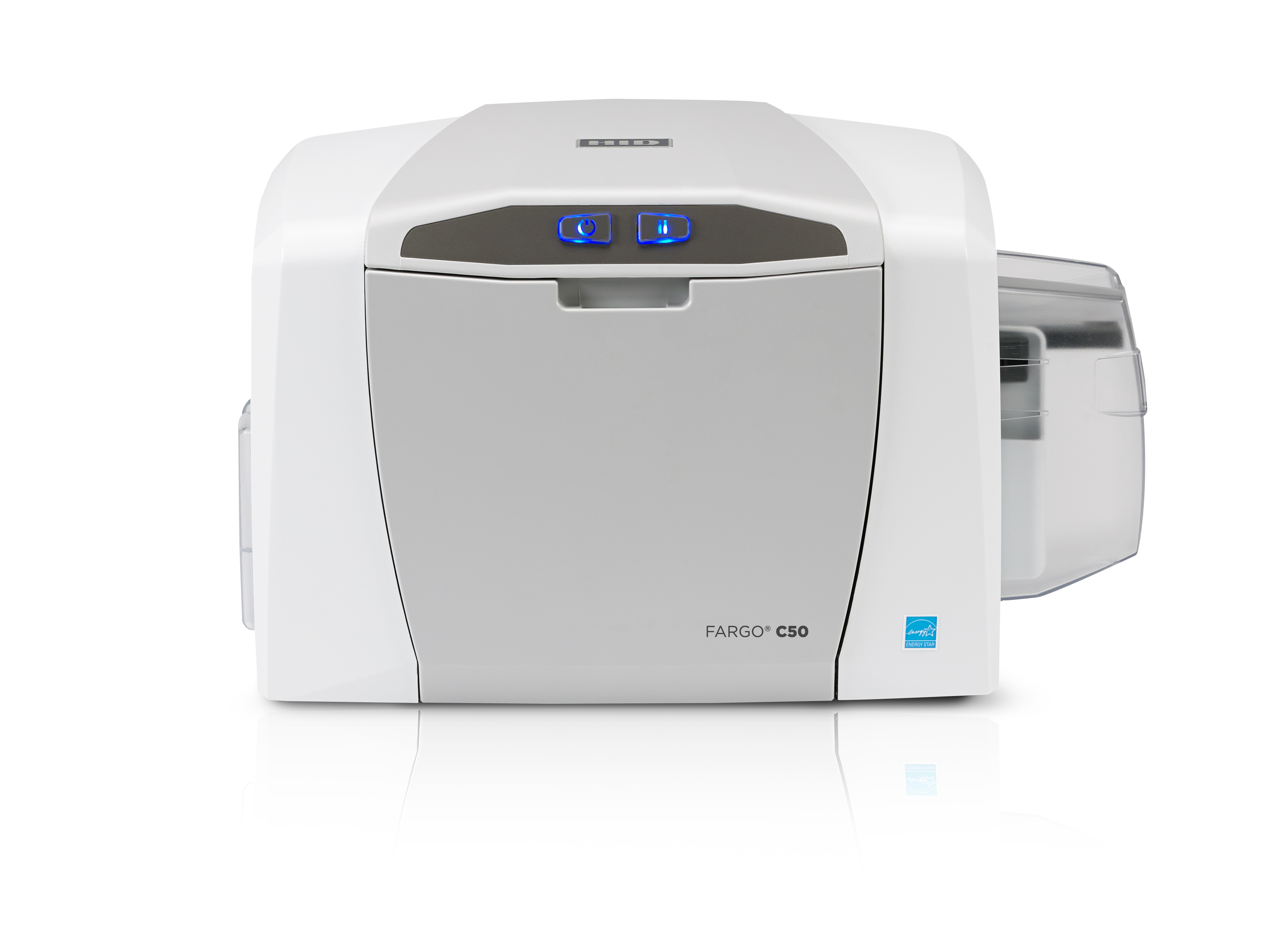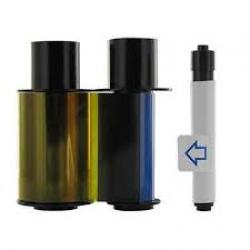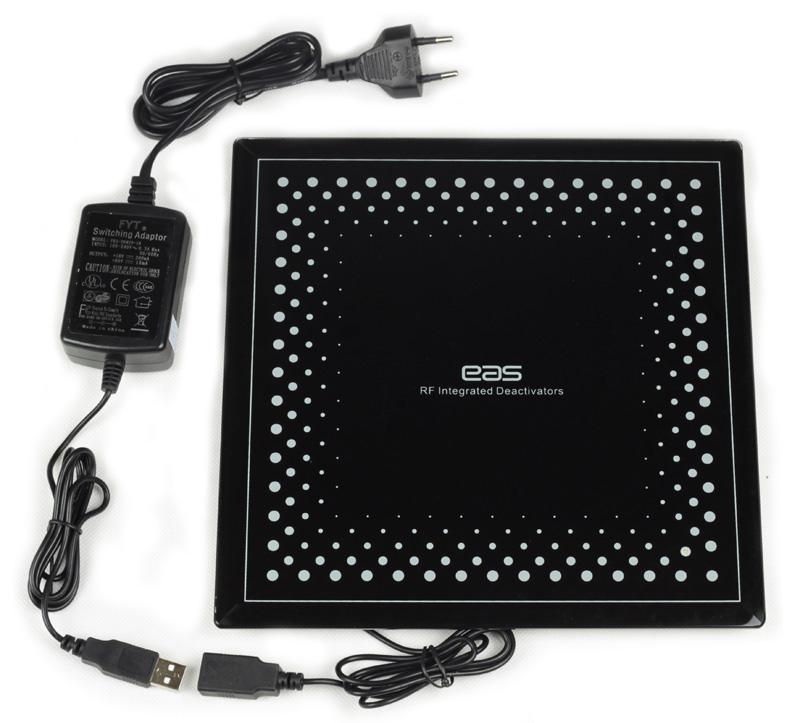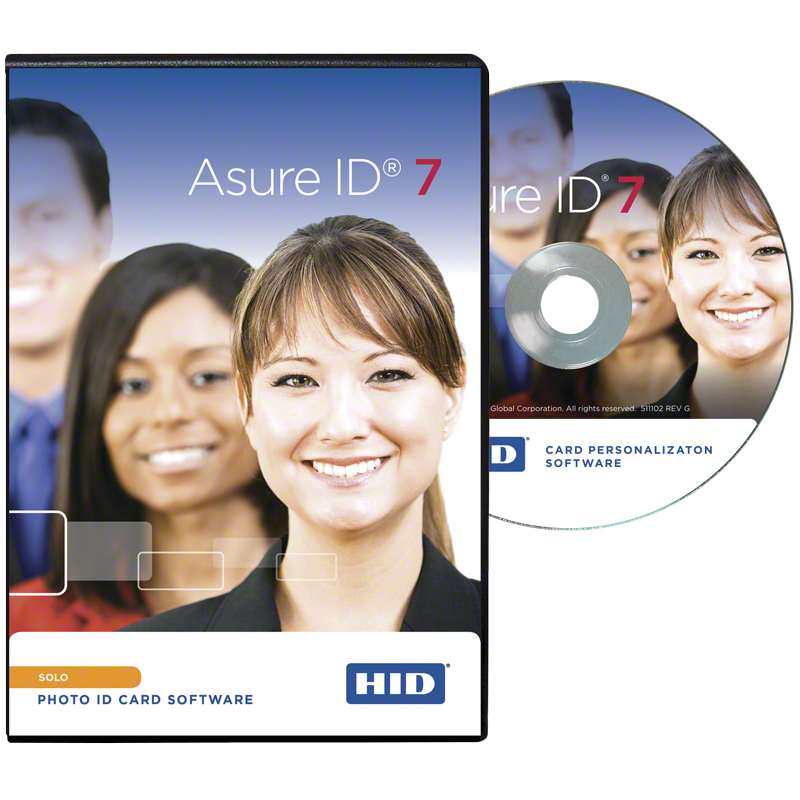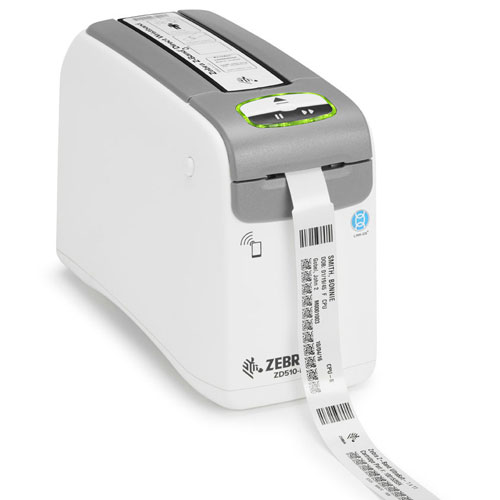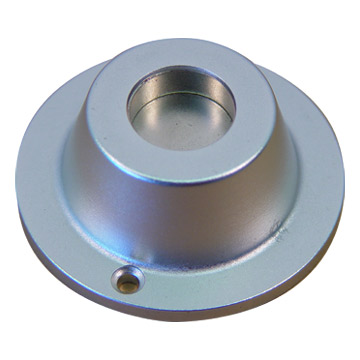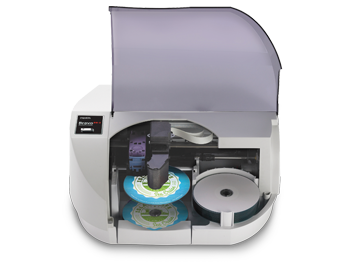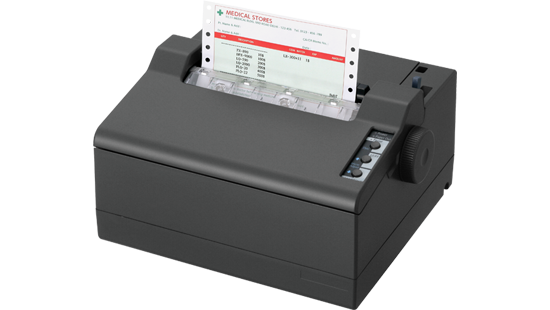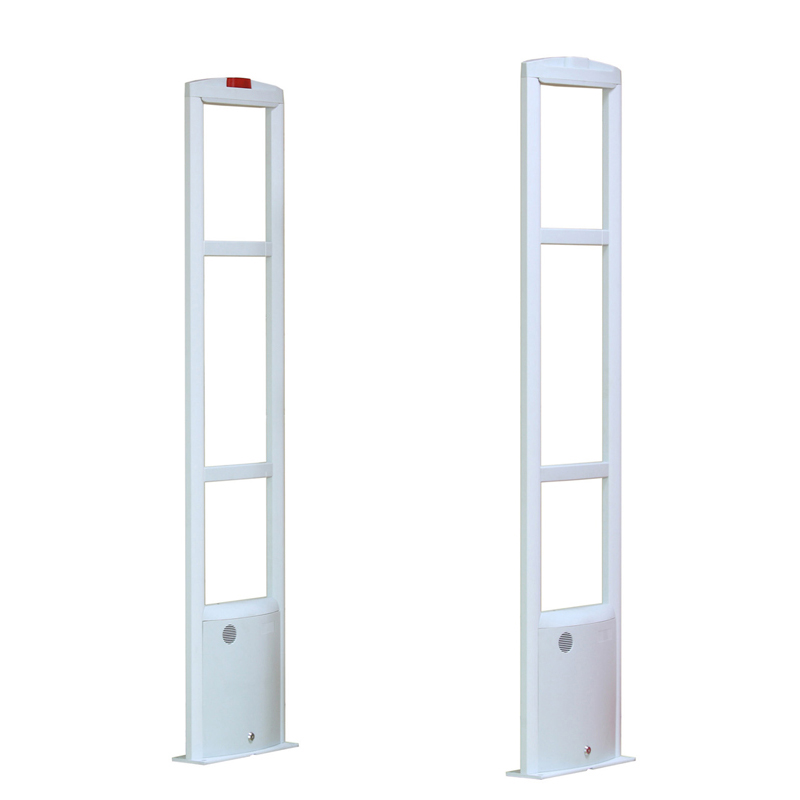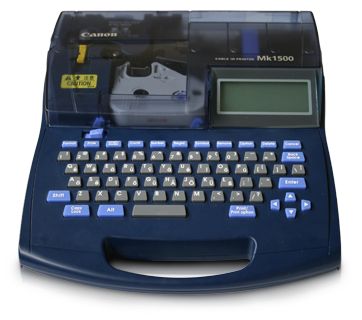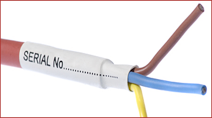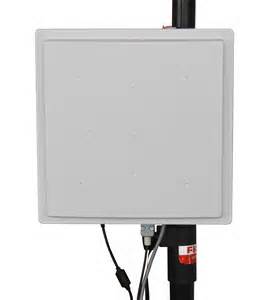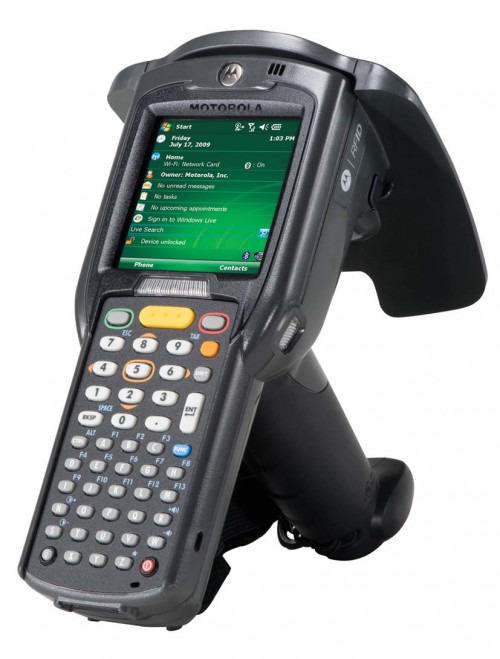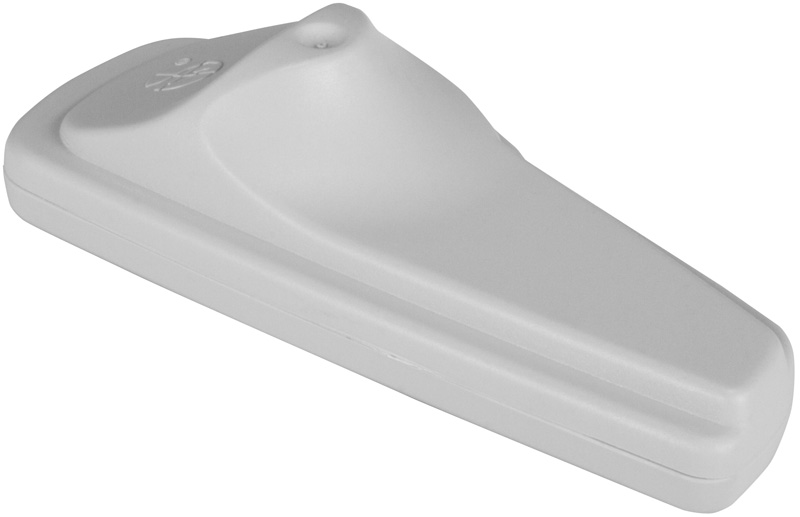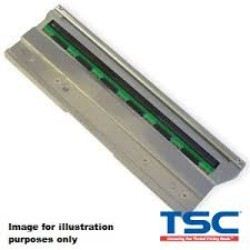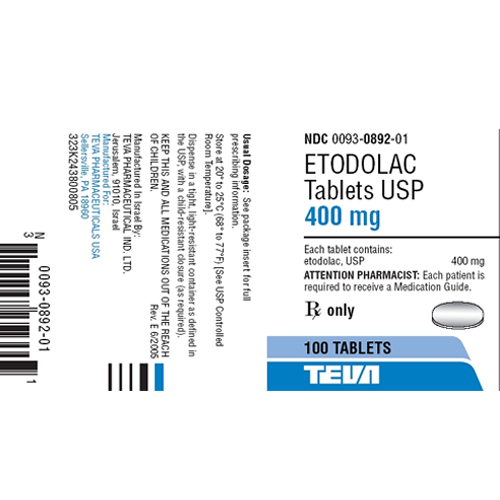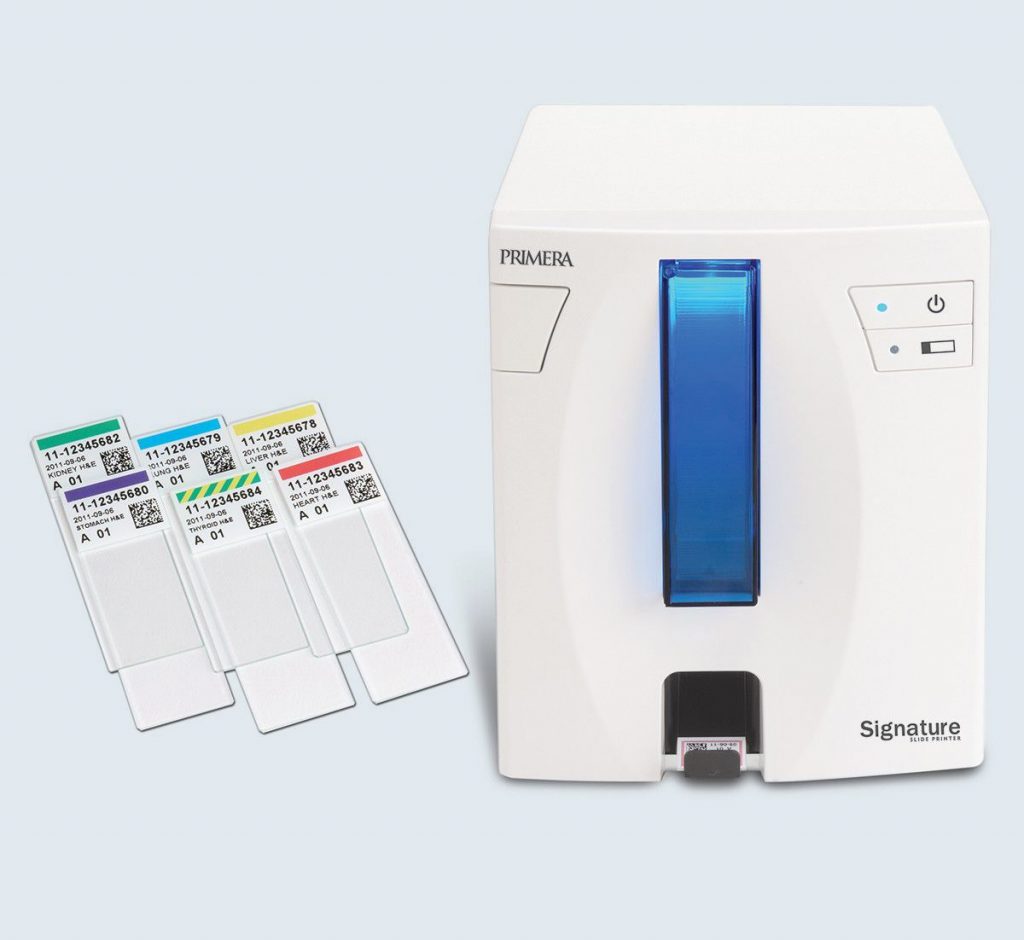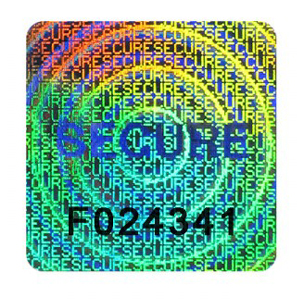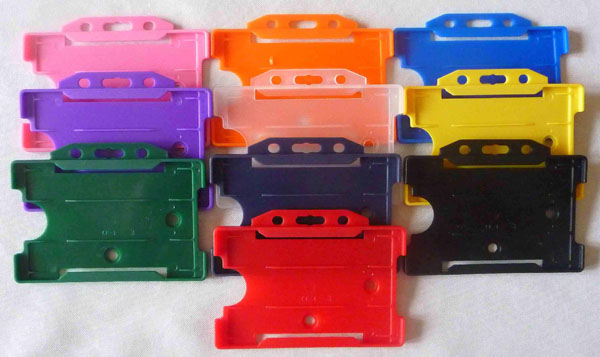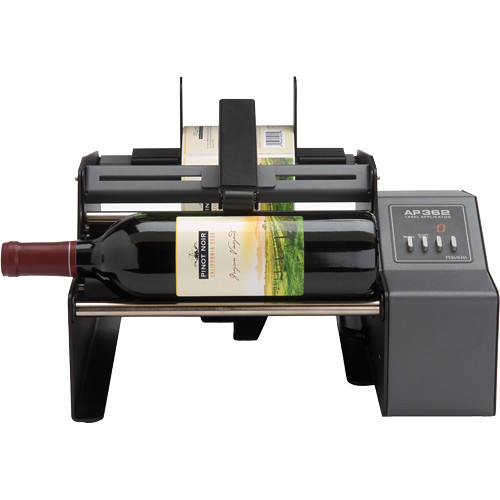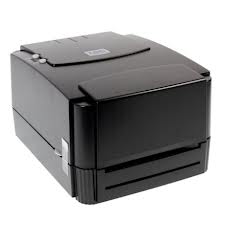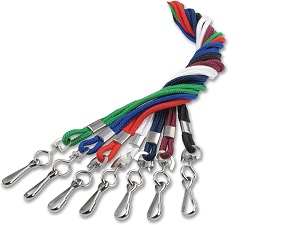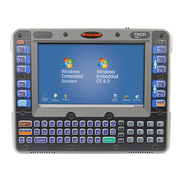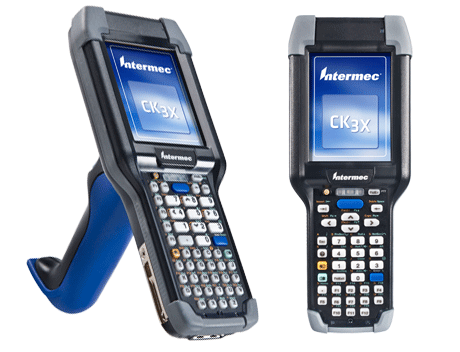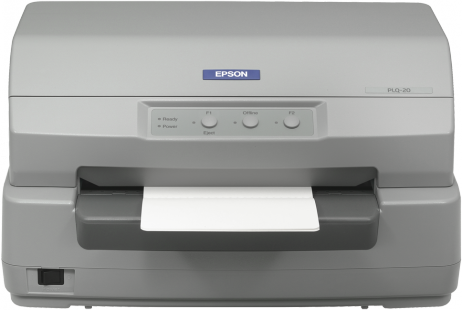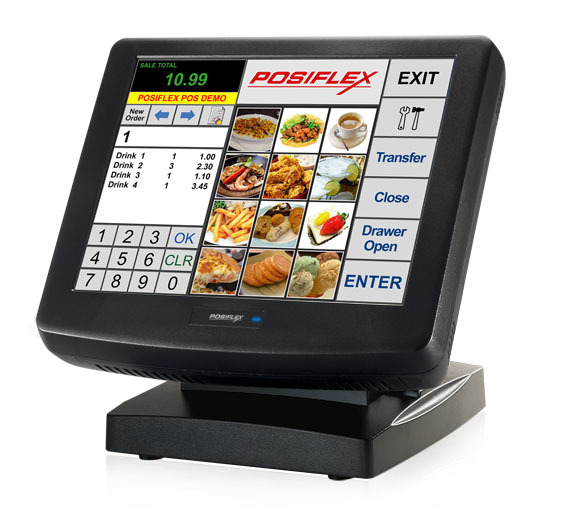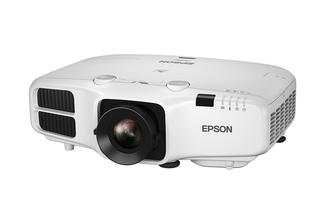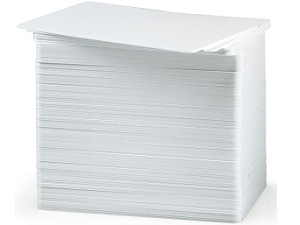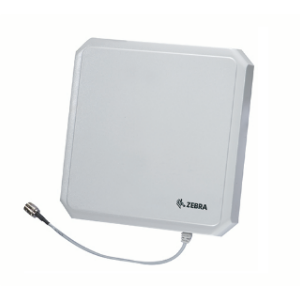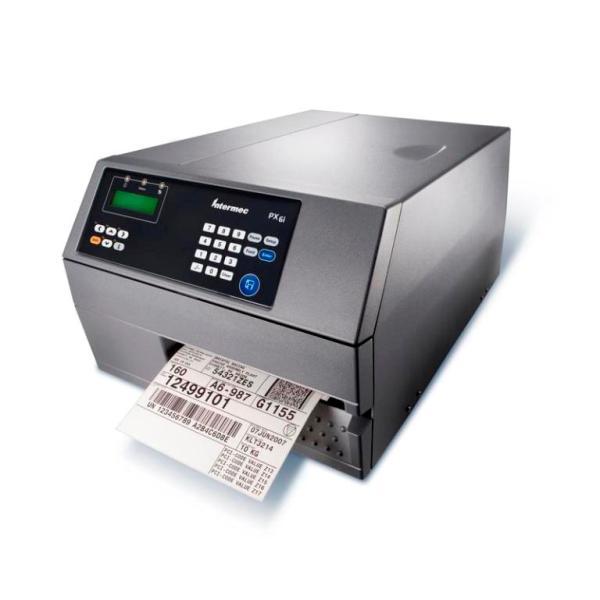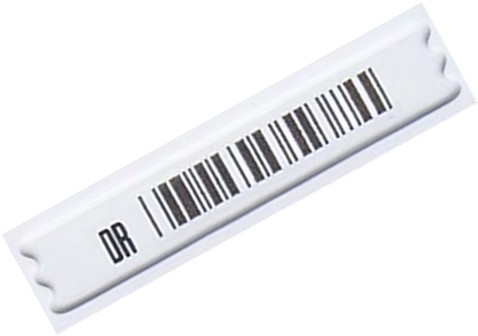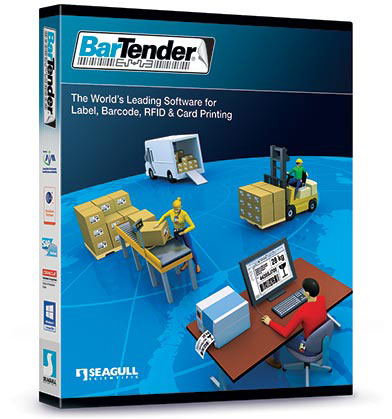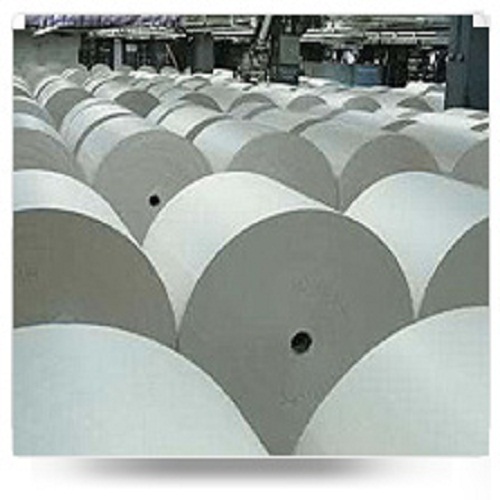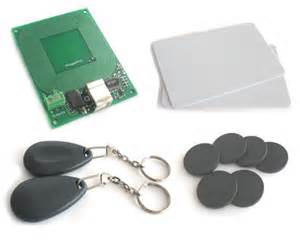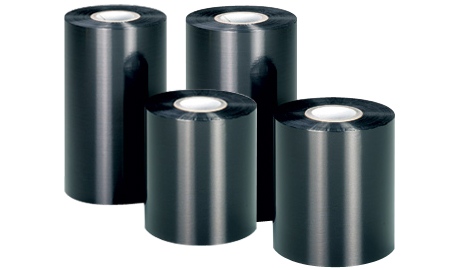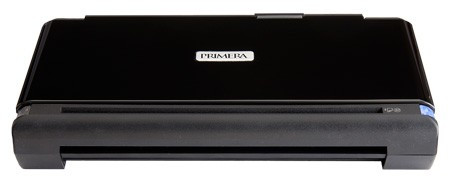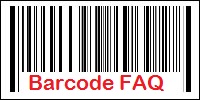
|
A barcode essentially is a way to encode information in a visual pattern that a machine can read. The combination of black and white bars (elements) represents different text characters which follows a set algorithm for that barcode type. If you change the sequence of elements you get different text. A barcode scanner reads this pattern of black and white that is then turned into a line of text your computer can understand. |
A 1D (linear) code is the typical "picket fence" style barcode that people are most familiar with. There are several versions of 1D codes and some encode only numbers while others can encode any keyboard character. All the information in the code is organized horizontally from left to right. These types of codes can be read by any type of barcode scanner. 2D barcodes are a bit more complex as they organize information vertically and horizontally. This allows 2D codes to hold much more information and take up less space than a 1D code. 2D codes require an imager scanner to be read properly.
| One Dimensional (1D) Barcode | Two Dimensional (2D) Barcodes | |||
|---|---|---|---|---|
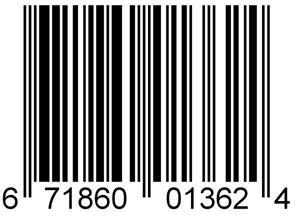 |
 |
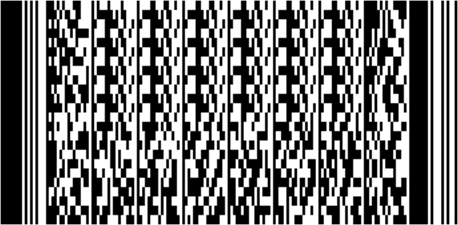 |
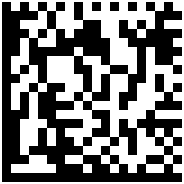 |
|
| UPC | QR code | PDF417 | Datamatrix |
|
Direct thermal is a printing process that uses a label coated with a heat sensitive layer and does not use ribbon/ink to print. An image is burned into the paper where with thermal transfer you use a ribbon to print onto the label. Direct thermal will fade over time (aproximately 1 year) and is not a good choice for environments with higher temperatures or exposure to sunlight. Thermal transfer print is a more permanent solution and will not fade.
A barcode scanner picks up the alternating black and white elements of the barcode which follow a specific algorithm that is turned into a corresponding text string by the scanner. This information is then sent over to your computer by the scanner no different than a standard keyboard does. This string of text will populate where ever your cursor is on screen at that time.Scanner
Most Barcode scanners do not require any special software or driver to function properly. They will emulate a keyboard and will be recognized by your computer as a general input device. But some Motorola and Honeywell Scanners which works on batch mode require software to store the barcode data in text file, later this data is transferred to users system by connecting the device with system.
- Volume: How many cards do you plan on printing?
- Printing Capability: Do you want to print on one side or two sides of the card?
- Printing Technology: Can your card have an unprinted border around the card or do you need "over the edge" coverage?
- Security: Do you need lamination for security and durability?
- Encoding: What technology do you plan on using with the ID card Magnetic stripe, SmartCard, or UHF RFID?
Single side printers are ideal for ID cards which contain limited cardholder information. Dual side printers are ideal for situations when a significant amount of data needs to be captured on the card. By moving some of the information to the back of the card, the front remains uncluttered and void of distractions
Yes. The International Organization for Standardization (ISO) has been making RFID standards for more than 20 years. ISO 15693 and ISO 14443 are well-established HF standards. The EPCglobal Gen 2 standard has been adopted as a global standard (ISO 18000-6C), and ISO 18000-7 is an international standard for active tags operating at 433 MHz.
Active RFID tags have a transmitter and their own power source (typically a battery). The power source is used to run the microchip's circuitry and to broadcast a signal to a reader (the way a cell phone transmits signals to a base station). Passive tags have no battery. Instead, they draw power from the reader, which sends out electromagnetic waves that induce a current in the tag's antenna. Semi-passive tags use a battery to run the chip's circuitry, but communicate by drawing power from the reader. Active and semi-passive tags are useful for tracking high-value goods that need to be scanned over long ranges, such as railway cars on a track, but they cost more than passive tags, which means they can't be used on low-cost items.
 Microchips in RFID tags can be read-write, read-only or “write once, read many†(WORM). With read-write chips, you can add information to the tag or write over existing information when the tag is within range of a reader. Read-write tags usually have a serial number that can't be written over. Additional blocks of data can be used to store additional information about the items the tag is attached to (these can usually be locked to prevent overwriting of data). Read-only microchips have information stored on them during the manufacturing process. The information on such chips can never be changed. WORM tags can have a serial number written to them once, and that information cannot be overwritten later.
 Symbologies are defined as mapping between data and barcodes. The specification of a symbology includes the encoding of the single digits/characters of the message as well as the start and stop markers into bars and space, the size of the quiet zone required to be before and after the barcode as well as the computation of a checksum.
| Symbology | Description | Barcode Types | Example of Barcode |
| Code 39 | The Code 39 barcode is the easiest to use of alpha-numeric barcodes and is designed for character self-checking, thus eliminating the requirement for check character calculations. | HIBC LIC LOGMARS MIL-STD-1189B MIL-STD-129 MIL-STD-2073-1C MIL-STD-129N |
 |
| Code 128 | Character set A allows for uppercase characters, punctuation, numbers and several special functions such as a return or tab. | CANADA POST USPS ISBT 128 USS Code 128 ISS Code 128 |
 |
| Character set B allows for upper and lower case letters, punctuation, numbers and a few select functions. |  |
||
| GS1-128 | Character set C interleaves two numbers into each barcode character which makes it a very high-density barcode. The FNC1 function (indicated in blue) designates it as a GS1-128 symbol. The number immediately following the FNC1 is the Application Identifier (AI). | UCC 128 EAN 128 SSCC-18 SCC-14 GTIN (EAN14) |
 |
| UPCa | The Universal Product Code (UPC) barcode is used in the retail industry. UPC-A consists of 12 numbers. | UPC UCC12 |
 |
| UPCe | UPC-E consists of 12 numbers that are compressed into 8 numbers for small packages. |  |
|
| EAN13 | The European Article Numbering System (EAN) is a superset of U.P.C. EAN-13 consists of 13 numbers. | ISBN ISSN Bookland JAN |
 |
| EAN8 | The European Article Numbering System (EAN) is a superset of U.P.C. EAN-8 and consists of 8 digits for small packages. |  |
|
| Interleaved 2 of 5 | Interleaved 2 of 5 (ITF) is a numeric-only barcode used for encoding pairs of numbers in a high density barcode format similar to code 128 character set C. | ITF-14 EAN-14 SCC-14 GTIN DUN14 USPS |
 |
| Codabar | The symbology of the Codabar character set consists of barcode symbols representing characters 0-9, letters A to D and the following symbols: - . $ / +. | Rationalized Codabar USD-4 NW-7 2 of 7 Code |
 |
| Industrial 2 of 5 | The symbology of the Industrial Code 2 of 5 character set consists of barcode symbols representing the numbers 0-9, the start character and the stop character. | Code 2 of 5 |  |
| Code 11 | The symbology of the Code 11 character set consists of barcode symbols representing the numbers 0-9, a dash symbol, the start character and the stop character. | Â |  |
| Code 93 | The symbology of the Code 93 character set consists of barcode symbols representing characters 0-9, A-Z, the space character and the following symbols:Â /, + , %, - , . , $ . | Â |  |
| GS1 DataBar | GS1 DataBar is capable of encoding up to 20,000,000,000,000 (20 trillion) values. | Â |  |
| DataBar Expanded | GS1 DataBar Expanded is a variable length, expanded version of the DataBar symbology capable of encoding the 14 digit GTIN and additional data. | Â |  |
| DataBar Expanded Stacked | GS1 DataBar Expanded Stacked Omni-directional has the exact same data characteristics as GS1 DataBar Expanded, except that it may be stacked to decrease width and increase height. | Â |  |
| DataBar Omni-Directional Stacked | GS1 DataBar Stacked Omni-Directional has the exact same data characteristics as GS1 DataBar. This symbol is approved for POS use after 1-1-2010. | Â |  |
| DataBar Truncated | GS1 DataBar Truncated has the exact same data characteristics as the GS1 DataBar barcode, except the bar height is set to the minimum height of 13 times the X dimension. | Â | |
| GS1 DataBar Limited | GS1 DataBar Limited has the same data characteristics as the GS1 DataBar barcode, except that it may only include values up to 4,000,000,000,000 (4 trillion). | Â |  |
| GS1 DataBar Coupon Code | GS1 DataBar Expanded Stacked Omni-directional as a coupon. Coupon Code Tutorial |
 |  |
| PDF417 | The PDF-417 symbology uses Reed Solomon error correction, the printed PDF417 barcode symbol can withstand damage without causing loss of data. | Â | Â  |
| Data Matrix ECC200 | Data Matrix ECC200 is a very area efficient 2D barcode symbology that uses a unique square module perimeter pattern that helps the barcode scanner determine cell locations. It can encode GS1 data, letters, numbers, text and actual data bytes. This symbol can withstand damage without causing loss of data. | Â | Â  |
| Maxi Code | MaxiCode is a two-dimensional matrix barcode symbology containing hexagon modules in a 1" square area. MaxiCode is used by UPS (United Parcel Service) on packing slips for sorting and addressing packages. | Â | Â  |
| Aztec | Aztec is an area efficient 2D barcode symbology that can encode letters, numbers, text and actual bytes of data, including Unicode and extended characters, plus small photos. | Â | Â  |
| QR-Code | QR-Code is an efficient, two-dimensional (2D) barcode symbology that allows easy encoding of MECARD data including phone numbers and web URLs. This symbol can withstand damage without causing loss of data. | Â | Â  |


